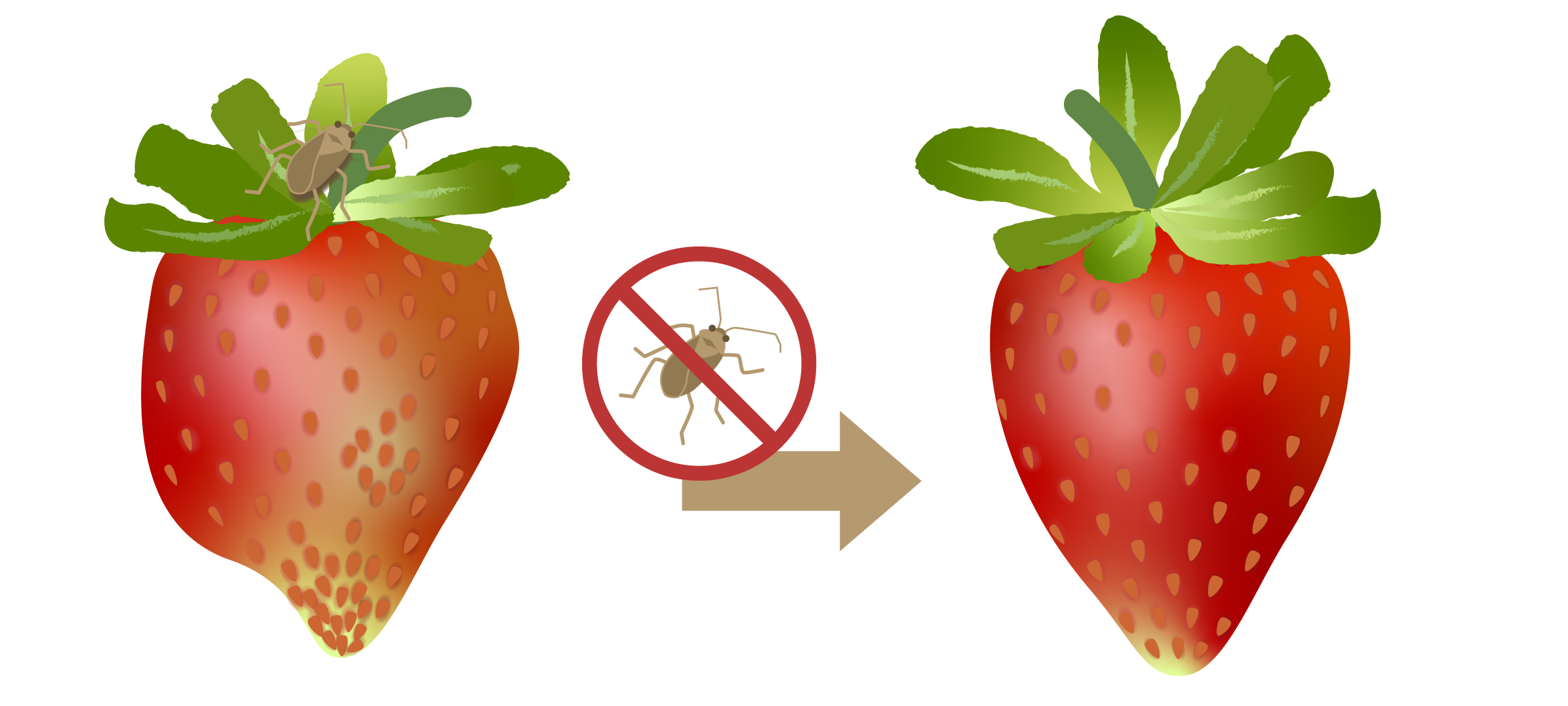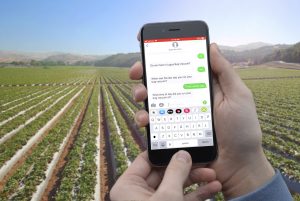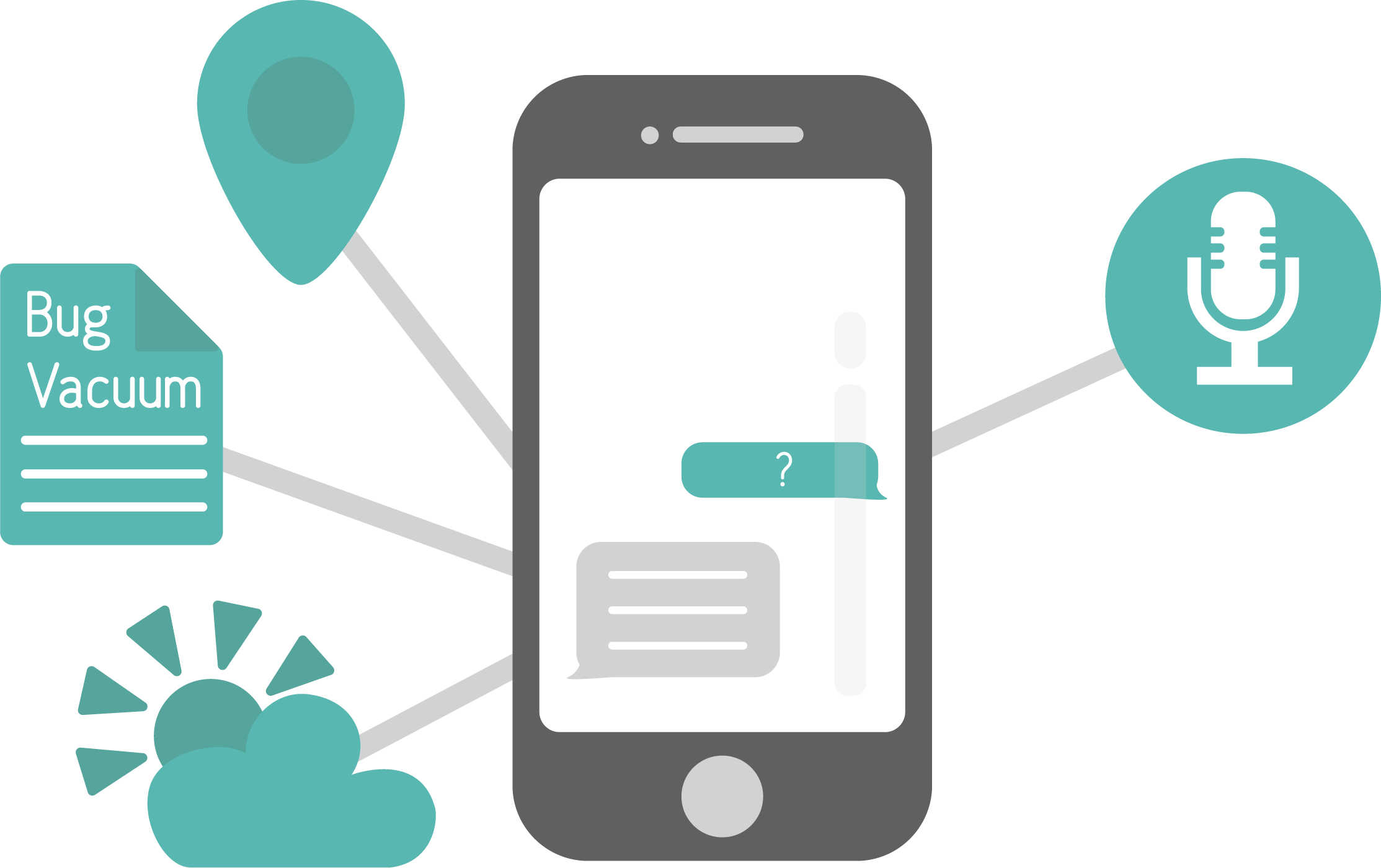Pest Management Chatbot for Lygus

Overview
 The California Strawberry Commission represents more than 400 farmers, shippers and processers in the strawberry industry. Their core mission is to “create opportunities for success through groundbreaking programs focused on workforce training, strawberry production research, and nutrition research.” To explore innovative technology solutions for long-standing issues within the strawberry production process, the California Strawberry Commission teamed-up with California Polytechnic State University’s Digital Transformation Hub (DxHub), powered by Amazon Web Services. This collaboration set the goal of developing customized pest management plans for lygus bug infestations, based on farm location, weather patterns, and surrounding environmental factors. To strengthen grower adoption, the team determined that the technology solution would need to be accessible to all strawberry growers, regardless of technical skill and expertise.
The California Strawberry Commission represents more than 400 farmers, shippers and processers in the strawberry industry. Their core mission is to “create opportunities for success through groundbreaking programs focused on workforce training, strawberry production research, and nutrition research.” To explore innovative technology solutions for long-standing issues within the strawberry production process, the California Strawberry Commission teamed-up with California Polytechnic State University’s Digital Transformation Hub (DxHub), powered by Amazon Web Services. This collaboration set the goal of developing customized pest management plans for lygus bug infestations, based on farm location, weather patterns, and surrounding environmental factors. To strengthen grower adoption, the team determined that the technology solution would need to be accessible to all strawberry growers, regardless of technical skill and expertise. Problem
 Every year, California strawberry crops incur an estimated $100-200 million in berry damage from the lygus bug. Commonly found in strawberry crops along the central coast of California, this pest disrupts strawberry growth by damaging strawberry seeds, causing low crop yield and misshapen, unmarketable fruit. Infestation trends are connected with weather patterns, infestations in adjacent fields and other crop types, pest management practices, and the lygus bug’s natural breeding seasons. By reducing the damage caused by lygus bugs, the California strawberry industry has the potential to save millions of dollars in damage to the crop.
Every year, California strawberry crops incur an estimated $100-200 million in berry damage from the lygus bug. Commonly found in strawberry crops along the central coast of California, this pest disrupts strawberry growth by damaging strawberry seeds, causing low crop yield and misshapen, unmarketable fruit. Infestation trends are connected with weather patterns, infestations in adjacent fields and other crop types, pest management practices, and the lygus bug’s natural breeding seasons. By reducing the damage caused by lygus bugs, the California strawberry industry has the potential to save millions of dollars in damage to the crop. Innovation in Action
The DxHub team, through the use of the Amazon Working Backwards process, gained a deep understanding of factors that drive pest management decisions for strawberry growers. While exploring the farmer’s perspective, it came to light that (1) farmers rely on word of mouth, Pest Control Advisors (PCA), and on-field scouting to react to lygus bug infestations; (2) practices vary across farms, based on individual needs; and (3) the lygus bug responds biologically to different environmental conditions. With this in mind, the team refined their focus to effectively distribute customized practices tailored to individual farmer’s needs, using technology that is accessible in the field. This led to the idea of a chatbot, capable of working via SMS (text message) and voice. Additionally, to better scope this prototype, the solution would focus specifically on advising the best practices, based on Best Management Practices to Improve Bug Vacuum: a well-known, published article from the California Strawberry Commission which describes the ideal conditions and times to be operating the vacuum.
Results

Conclusion
 As a platform, the chatbot opens up new avenues of data collection and the distribution of content and insights to growers from the California Strawberry Commission. From best practices for bug vacuums, sprayer calibration, disease management and correct pesticide application, the chatbot will be able to reach growers in a timely fashion while they are out on the job. To further bring the idea to life, the California Strawberry Commission is exploring additional use cases to test and pilot the chatbot out in the field with growers.
As a platform, the chatbot opens up new avenues of data collection and the distribution of content and insights to growers from the California Strawberry Commission. From best practices for bug vacuums, sprayer calibration, disease management and correct pesticide application, the chatbot will be able to reach growers in a timely fashion while they are out on the job. To further bring the idea to life, the California Strawberry Commission is exploring additional use cases to test and pilot the chatbot out in the field with growers. Supporting Documents
| Press Release & Frequently Asked Questions | During the Innovation Workshop, a fictional Press Release and nonfictional Frequently Asked Questions are drafted. This is a tool that is used to define the solution and why it matters to the customer. |
| Storyboard | A series of frames designed to illustrate the problem and the impact of the solution visually. |
| Architecture Diagram | A diagram that describes the technical components needed to implement the solution. |
| UI/UX Mockup | A demonstration of the UI/UX for the prototype. |
| Setup Instructions | Setup document for the prototype. |
| Source Code | All of the code and assets developed during the course of creating a prototype. |
About the DxHub
The Cal Poly Digital Transformation Hub (DxHub) is a strategic relationship with Amazon Web Services (AWS) and is the world’s first cloud innovation center supported by AWS on a University campus. The primary goal of the DxHub is to provide real-world problem-solving experiences to students by immersing them in the application of proven innovation methods in combination with the latest technologies to solve important challenges in the public sector. The challenges being addressed cover a wide variety of topics including homelessness, evidence-based policing, digital literacy, virtual cybersecurity laboratories and many others. The DxHub leverages the deep subject matter expertise of government, education and non-profit organizations to clearly understand the customers affected by public sector challenges and develops solutions that meet the customer needs.
